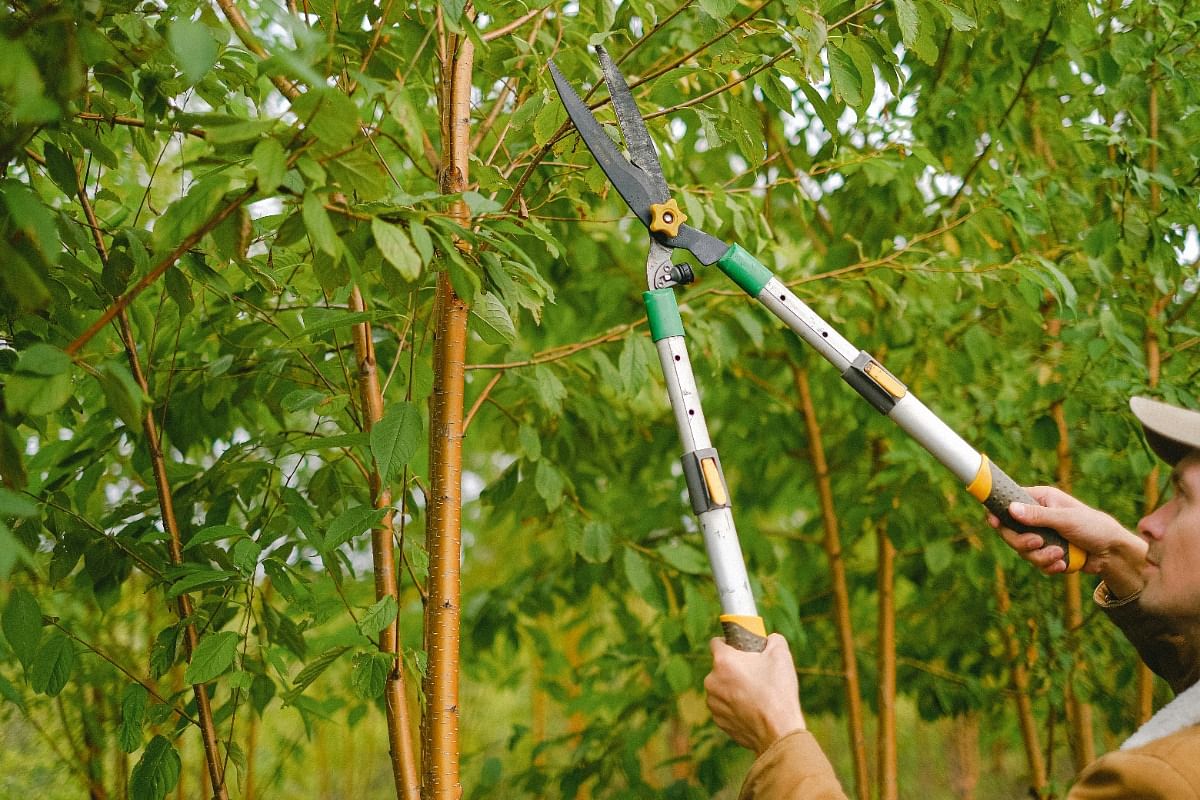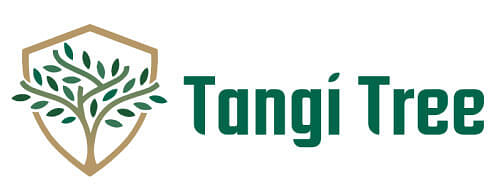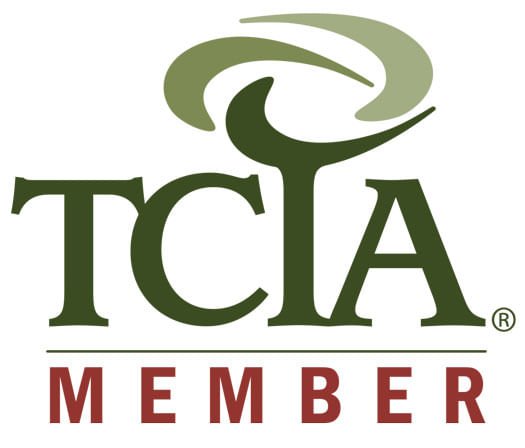Get storm-ready! Be hurricane-prepared BEFORE the season starts.

Who Can Tell Me What’s Wrong with My Tree?
Trees are not only a beautiful addition to any landscape but also play a vital role in our environment by providing oxygen, improving air quality, and offering shade. However, just like any other living organism, trees require proper care to thrive. One of the most essential aspects of tree care is trimming, a practice that is often misunderstood or overlooked by homeowners. You might wonder, "What's the point of trimming a tree?" The truth is, regular tree trimming is crucial for maintaining the health, safety, and appearance of your trees.
Health and Growth of the Tree
Tree trimming is not just about aesthetics; it plays a critical role in ensuring the health and growth of your trees. One of the primary reasons for trimming a tree is to prevent disease. Over time, trees can develop dead or diseased branches that, if left unchecked, can spread to other parts of the tree or even to neighboring plants. By removing these branches, you can stop the disease in its tracks and protect the overall health of the tree. Moreover, trimming helps to promote healthy growth. When branches become too crowded or overgrown, they can block sunlight and restrict air circulation, which are essential for a tree's vitality. Trimming these branches allows more light to penetrate the canopy and improves air flow, creating a healthier environment for new growth.
In addition to preventing disease and promoting growth, trimming can also help avoid pest infestations. Pests are often attracted to dead or decaying wood, and an overgrown tree provides ample hiding spots and food sources for them. Regular trimming eliminates these vulnerabilities, making your trees less inviting to pests. In essence, by investing in regular tree trimming, you are investing in the long-term health and resilience of your trees, ensuring they continue to thrive and contribute to the beauty and functionality of your landscape.
Safety Considerations
While the health and growth of your trees are vital, safety is another significant reason why tree trimming should not be neglected. Overgrown branches can pose serious risks, especially if they hang over your home, driveway, or power lines. These branches are vulnerable to breaking off during storms, high winds, or even under the weight of snow, potentially causing significant damage to your property or, worse, injuring someone. By trimming these branches, you can greatly reduce the risk of such accidents and ensure that your trees are not a liability but an asset to your property.
Safety concerns extend beyond just the potential for falling branches. Trees with dense, untrimmed foliage can obstruct visibility, particularly if they are near roads, driveways, or walkways. This can create hazardous conditions for both pedestrians and drivers, leading to accidents that could have been easily prevented with regular trimming. By keeping trees well-trimmed, you maintain clear lines of sight, which contributes to a safer environment for everyone. Trimming your trees is not just about protecting the trees themselves but also about safeguarding your home and community.
Aesthetic Appeal
Complimenting health and safety, tree trimming is essential for maintaining the aesthetic appeal of your landscape. Trees are a prominent feature in any yard, and their appearance can greatly influence the overall look of your property. Trimming allows you to shape your trees, controlling their size and form to complement the design of your landscape. Whether you prefer a natural, flowing look or a more structured, manicured appearance, regular trimming enables you to achieve the desired aesthetic while keeping your trees healthy and vibrant.
Furthermore, well-maintained trees can significantly enhance the value of your property. A yard with neatly trimmed trees is more likely to attract potential buyers and leave a positive impression. The curb appeal that comes from having beautiful, well-kept trees can make a substantial difference in how your property is perceived, both by visitors and by the market. In contrast, overgrown or neglected trees can detract from your home’s appearance and even lower its value. By investing in regular trimming, you not only improve the look of your landscape but also contribute to the long-term value of your property.
Long-Term Benefits
The long-term benefits of regular tree trimming go beyond immediate health, safety, and aesthetic improvements. One of the most significant advantages is that it can extend the life of your trees. Just like any living organism, trees can suffer from wear and tear over time, particularly if they are not properly cared for. Trimming helps to prevent structural issues that could weaken a tree, such as unbalanced growth or the accumulation of deadwood. By addressing these problems early through regular trimming, you ensure that your trees remain strong and resilient, allowing them to live longer and continue to flourish.
Additionally, regular trimming can help you avoid costly repairs down the road. Trees with overgrown or weakened branches are more likely to cause damage to your property, such as falling on your roof, car, or power lines during a storm. The cost of emergency tree removal or repairs to your home can far exceed the expense of routine tree trimming. By being proactive and maintaining your trees regularly, you not only protect your property but also save money in the long run. Investing in regular trimming is a wise decision that pays off by keeping your trees healthy, your property safe, and your maintenance costs down.
When and How Often to Trim a Tree
Understanding when and how often to trim a tree is crucial to maximizing the benefits of this practice. The best time to trim most trees is during their dormant season, typically in late winter or early spring. Trimming during this period minimizes stress on the tree and allows for a more vigorous growth cycle when the growing season begins. However, the ideal timing can vary depending on the species of the tree and its specific needs. For instance, flowering trees may require trimming after their bloom period, while fruit trees might benefit from a late summer trim to encourage better fruit production the following year.
Compared to seasonal considerations, it's important to recognize the signs that a tree needs trimming. If you notice dead or diseased branches, overgrown limbs obstructing your view, or branches that are too close to your home or power lines, it’s time to trim. Regular maintenance, typically once a year or every few years depending on the tree species and its growth rate, is essential to keeping your trees in optimal condition. However, be mindful of common mistakes, such as over-pruning or trimming at the wrong time of year, which can harm your trees. When in doubt, consulting with a professional arborist can help ensure that your trees are trimmed correctly and at the right time to promote their health and longevity.
Professional vs. DIY Trimming
When it comes to tree trimming, homeowners often face the decision of whether to take on the task themselves or hire a professional. While DIY trimming can be appealing, especially for those who enjoy hands-on yard work, it’s important to consider the potential risks and challenges involved. Trimming trees, particularly large or mature ones, requires a certain level of expertise to be done safely and effectively. Professionals have the experience and knowledge to identify which branches should be removed to promote the tree’s health and prevent future issues. They are also equipped with the proper tools and safety gear to handle the job, reducing the risk of injury or damage to your property.
On the other hand, if you have smaller trees or shrubs and feel confident in your ability to trim them, there are some basic DIY trimming tips you can follow. Make sure you have the right tools, such as sharp pruning shears and a sturdy ladder, and always prioritize safety. Wear protective gear, including gloves and eye protection, and never attempt to trim branches near power lines or from an unstable position. Also, it’s crucial to know when to call in a professional. If you’re unsure about how to trim a particular tree, or if the job seems too large or dangerous, it’s best to leave it to the experts. Hiring a professional not only ensures that the trimming is done correctly but also provides peace of mind that your trees—and your safety—are in good hands.
Trim Today, Thrive Tomorrow: The Lasting Impact of Tree Care with Tangi Tree
Whether you choose to tackle the job yourself or hire a professional, investing in regular tree trimming is a wise decision that protects both your trees and your property. In the long run, the time and money spent on trimming will pay off by extending the life of your trees, preventing costly damage, and keeping your landscape looking its best. If you’re unsure where to start or need assistance with your tree care, Tangi Tree is here to help. Contact us today to learn more about our professional tree trimming services and how we can help you maintain the beauty and safety of your property.






